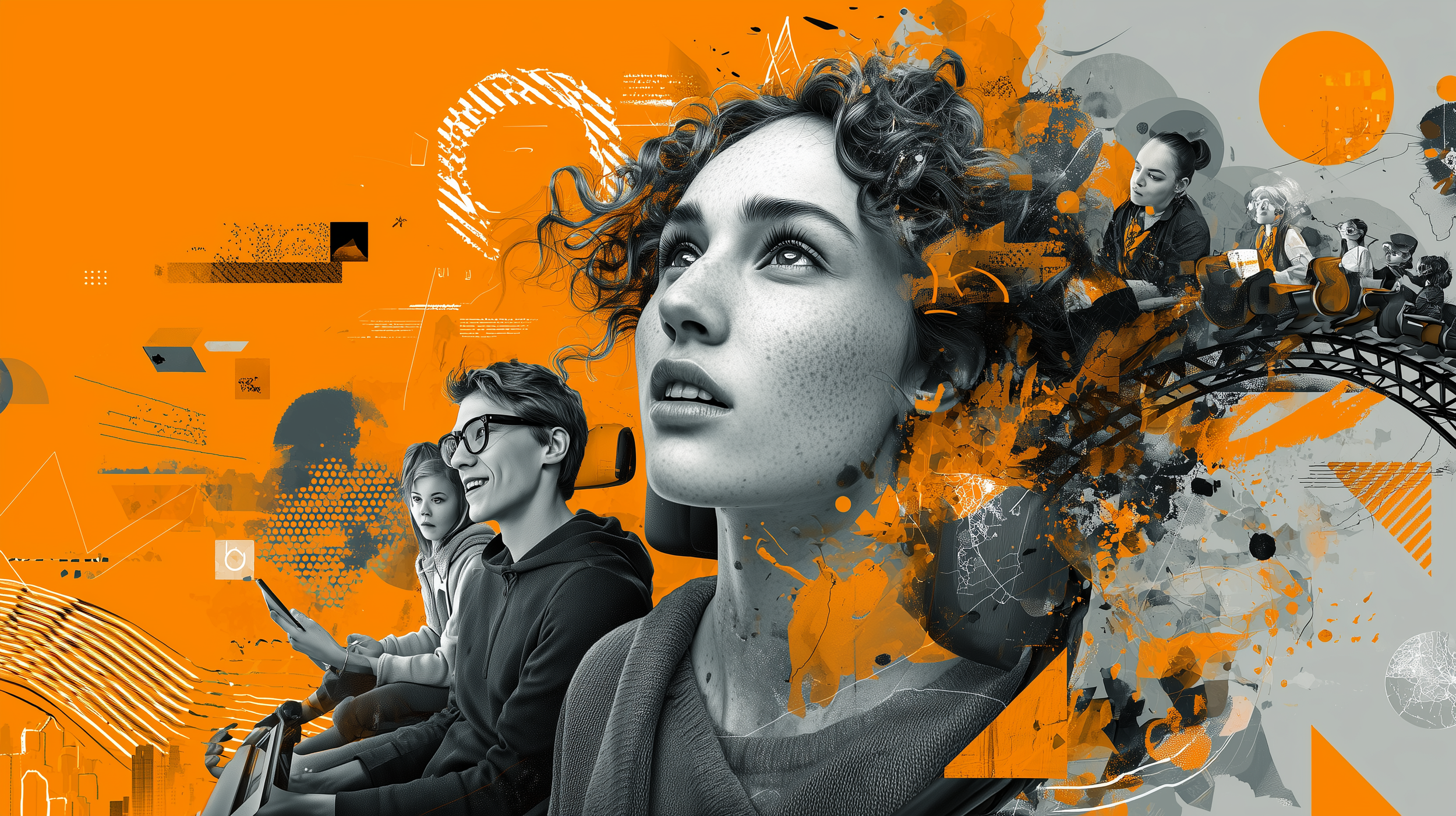Strapped In: Teaching in the Age of Relentless AI
It feels like things are moving too fast. Every week there’s a new breakthrough, a new tool, a new shift in how we work, learn, create, or communicate. It’s not hype anymore. It’s happening. And for those of us teaching in creative disciplines such as design, animation, media, and photography, the pressure to make sense of all this and translate it into meaningful learning is immense.
In the past few months alone, new generative models have appeared at breakneck speed. Google’s Veo 3 and Flow empower creators to generate cinematic video complete with synced soundtracks in seconds, and student filmmakers are already using them to craft short documentaries that would normally take weeks. Runway’s Gen 4, available since March 2025, brings unprecedented consistency in characters and movement across scenes, and recent funding rounds north of $300 million signal just how serious the market is.
Startups are joining the fray. Moonvalley’s Marey raised $84 million this July, marketed as ethically trained using licensed content, specifically to generate VFX and background footage for studios. Moments Lab, backed by $24 million, uses AI to auto-edit raw footage into polished social media clips, showing us how everyday media production is being redefined. Meanwhile, Synthesia, now valued at $2.1 billion and counting, enables realistic AI avatars to create multilingual training videos, with Adobe recently making a strategic investment in their platform.
And big players like Adobe aren’t waiting. Their Firefly suite now includes a text-to-video beta built into Premiere Pro, Adobe Experience Cloud, and tools for content governance and ethical AI use. The company emphasizes ethical training data, transparency in model provenance, and safeguards through their Content Authenticity Initiative.
As an educator, I’ve always tried to stay ahead. I adopt tools early. I explore the new. But AI is something else entirely. The velocity is staggering. One semester isn’t enough time to fully wrap your head around what’s changed, let alone build a curriculum around it. By the time we’ve figured out how to teach one AI tool or approach, it’s already evolved, been replaced, or made obsolete by the next release.
And let’s be honest: institutions aren’t built for this speed. The bureaucracy of curriculum design, the lag in policy updates, the caution in assessment models—none of it is agile enough for the pace we’re witnessing. Meanwhile, students are either experimenting on their own or sitting in classrooms where the conversation still hasn’t caught up to ChatGPT. It certainly hasn’t caught up to text-to-video synthesis, voice cloning, or multimodal agents.
So here we are, strapped in for a ride we didn’t ask to be on, holding onto our roles as guides, while trying to stay relevant ourselves.
What worries me most isn’t that AI is changing everything. It’s that we might not be preparing our students for how fast that change is happening. Teaching them a single AI tool isn’t enough. We need to teach adaptability. We need to teach critical thinking. We need to create space in our programs to talk about what’s happening, not just use the tools blindly.
In my own classes, I’ve stopped pretending I have all the answers. I share what I’m learning. I ask students to explore with me. We dissect how GenAI tools are reshaping tools and workflows. We talk about the changing landscape and how platforms like Netflix are now using AI-generated VFX in shows like El Eternauta, reducing time and cost by tenfold. We examine the fact that 86 percent of advertisers are already using GenAI for video ads. We discuss the challenge Moonvalley sets by insisting on licensed training data, prompting real questions about copyright and creative ownership. And we look closely at Adobe’s emphasis on ethical AI: transparent data sources, content metadata, partnerships with platforms like NVIDIA and OpenAI, and their push for creator rights.
I want students to see AI not just as a shortcut or a threat, but as a force that’s reshaping the creative field they’re entering. I want them to feel ready to respond to that with curiosity and confidence, not fear.
If you’re feeling overwhelmed, you’re not alone. But if you’re silent or frozen, that’s more dangerous. We don’t need to be perfect experts in AI to start the conversation. We just need to show up, stay alert, and help our students learn how to learn in a world that’s not going to slow down.
